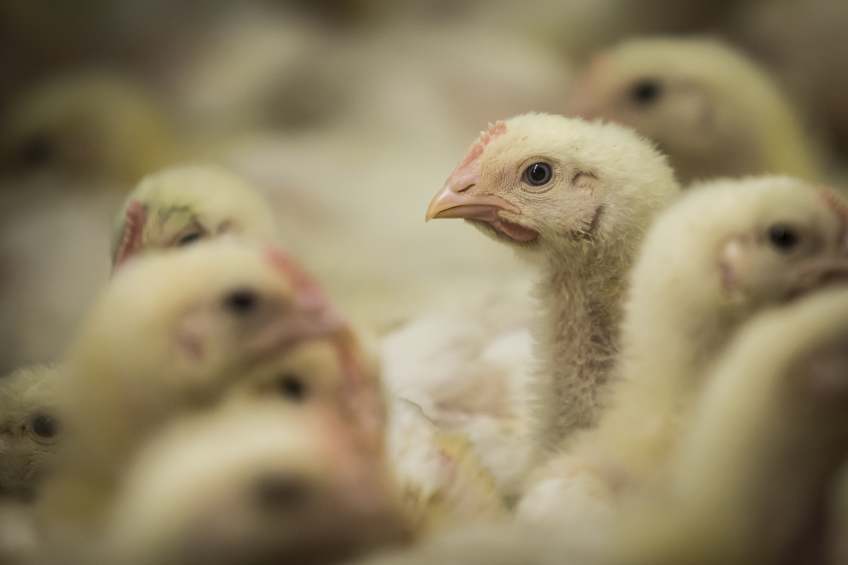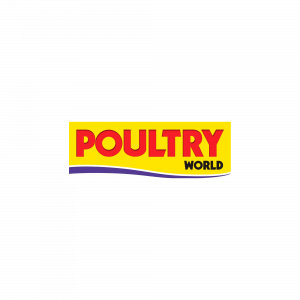The survivability of avian influenza examined

Research is taking place to gauge the survivability of the avian influenza (AI) virus as part of a poultry industry examination of the UK government’s secondary cleansing and disinfection (C+D) policy.
The Poultry Health and Welfare Group (PHWG) has asked the Animal and Plant Health Agency (APHA) to see how long the AI virus persists on different surfaces.
AI survivability on different surfaces
The Weybridge laboratory study, which could be published later this year, will look at how long the virus survives on timber, concrete, plastic, astroturf (used in nest boxes), machine belts and other surfaces. It involves a team from APHA under the guidance of avian influenza expert Ian Brown.
The study comes in light of concern that disinfection of avian influenza outbreaks in the Netherlands has been faster and less costly than in the UK. Defra has noted the industry’s concerns, but asked the sector to come back with an evidence-based proposal to shorten the timescale for secondary C+D.
Also read: Biosecurity is key in avian influenza battle
Reoccurrence of AI on farms
Gary Ford, NFU chief poultry adviser, told World Poultry’s sister publication Poultry World that secondary C+D in the Netherlands generally took a matter of weeks while in the 4 recent UK outbreaks it had taken up to 3 months for final sign-off.
Ford said it was important that there was no reoccurrence of disease on the farm, but delays and the cost of secondary C+D prevented the country getting back its disease-free status and also prevented farmers from restocking and getting back to business.
He added that APHA had given good support to the PHWG: “They are working with industry collaboratively and are keen to get the scientific evidence to enable us all to move forward collectively.”
For the benefit of broilers and layers
Maire Burnett, British Poultry Council technical manager, said she hoped the findings would enable the government to reconsider its position in any new outbreak and take a different interpretation. She added the study was looking at materials commonly found in broiler and laying hen houses, but was not looking at the turkey sector.
Although the study is likely to be published soon, industry commentators said they did not expect a quick change in government policy, which could take between 18 months and 2 years.
Author: Tony McDougal












